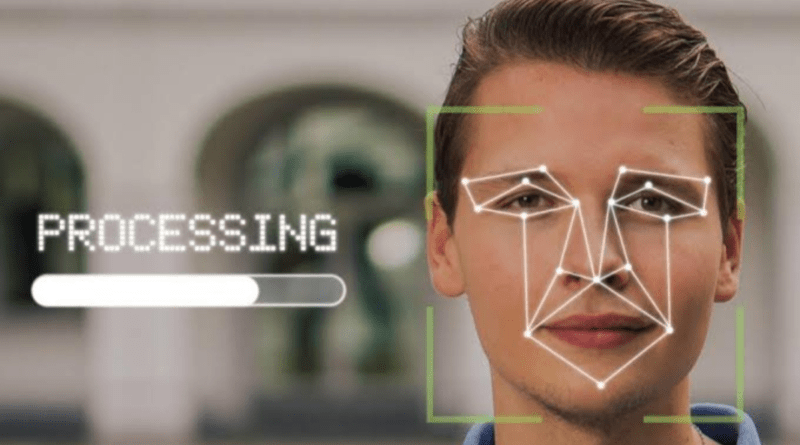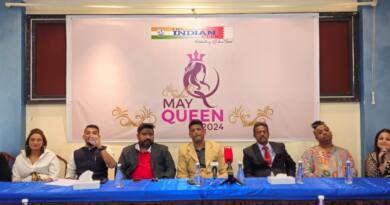Here You See How To Detect The Deepfake Videos And Images with the Silliest Mistakes.
Deepfakes typically include glaring mistakes, such as hands with six fingers or lenses on spectacles that aren’t quite right.
Here’s how to identify them:
Deepfakes using AI are becoming more and more common. Nobody is immune to AI fakery, which is fast growing to be one of the largest issues we face online—from Pope Francis to Taylor Swift. With the help of video and image generators like DALL-E, Midjourney, and OpenAI’s Sora, even non-techies can now easily produce deepfakes, which appear innocent but may actually be used for identity theft, election manipulation, scams, and propaganda.
How is a deep fake identified?
Deepfakes typically contain obvious errors, such as hands with six fingers or glasses with oddly shaped lenses, but since AI has advanced significantly, you can also look out for abnormal blinking patterns in people, an electronic sheen on the skin, and consistency in the lighting and shadows.
Examine the faces closely:
Since face-swapping is one of the most popular deepfake techniques, you must pay special attention to the facial edges in order to spot deepfakes. Examine the speaker’s mouth in a video to see if their lip movements precisely correspond with the spoken words. Additionally, you can examine the teeth to determine whether they are uniform or hazy.Always look at the photo’s or video’s context when identifying a deep fake.
In other words, if you witness a public figure acting in an unrealistic, exaggerated, or out-of-character manner, it may be a deepfake.
Identify deep fakes with AI:
Use AI to combat AI, indeed. A variety of tools are available for analyzing images or movies, such as the authenticator tool that Microsoft has created. Because it features algorithms to examine an image’s pixels and decide if it is real or false, Intel’s FakeCatcher can also be utilized.




